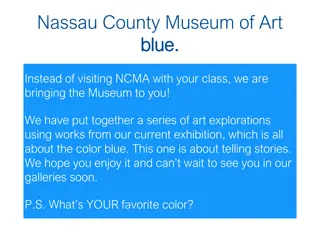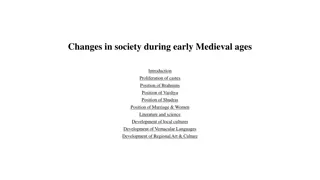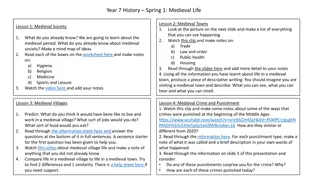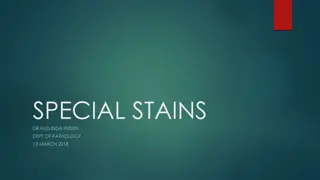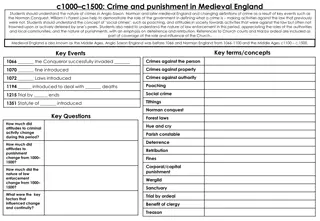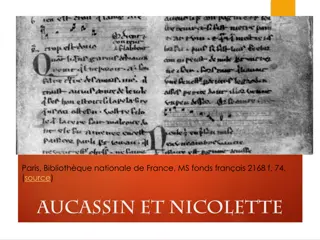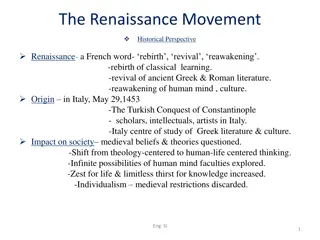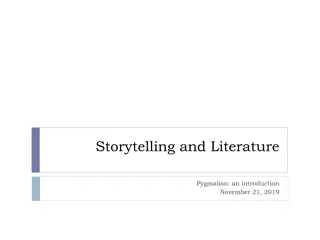The History of Blue Pigments in Medieval Art
Explore the fascinating world of blue pigments used in medieval art, such as azurite, lapis lazuli, and ultramarine. Discover their origins, complexities, and significance in creating stunning masterpieces. From the cobalt mineral to the intricate process of making ultramarine, delve into the rich history and trade of these precious blues.
Download Presentation

Please find below an Image/Link to download the presentation.
The content on the website is provided AS IS for your information and personal use only. It may not be sold, licensed, or shared on other websites without obtaining consent from the author. Download presentation by click this link. If you encounter any issues during the download, it is possible that the publisher has removed the file from their server.
E N D
Presentation Transcript
Making Color Blues
Azurite/blue verdigris Used in medieval paints from 9thc. Deposits in Italy, Czech Republic, Hungary Easy to prepare and difficult to distinguish from ultramarine by eye Expensive, after lapis lazuli and gold
Detail of a miniature of Sir Galahad and his companions on the Quest for the Holy Grail c. 1315-1325 (London, British Library, MS Royal 14 E. iii, f. 133v).
Wilton Diptych c. 1400 National Gallery, London
Lapis Lazuli/Ultramarine (Across the Sea) Found in cave paintings in Uzbekistan 6th-7th c. Rare in European ancient and medieval art until changes in trade 12th-13th c. and availability of ultramarine Until 15th c., available only from Badakhshan, Afghanistan. Since then, mines discovered in Chile, Zambia, and Siberia. Difficult to prepare: powdered then mixed with linseed oil, wax, and gum Complex chemical structure, could not be reproduced in lab until 19th c (French Ultramarine) Most glamorous pigment on medieval color market, used for Mary s robes and Christ s eyes
Making ultramarine https://www.youtube.com/watch?v=JBzEAt_ynvc
Cobalt Mineral used in glazes until modern creation of pigment in 1802 Uncertain whether first made in Iran or China Iran-Chinese trade in blue and white ware peaks in 14th c.
mid-14th century. Chinese, Yuan dynasty (1271 1368). Porcelain painted with cobalt blue under a transparent glaze (Jingdezhen ware The Metropolitan Museum of Art
first half 14th century Attributed to Iran, probably Kashan Medium: Stonepaste; blue and black painted under transparent glaze (Sultanabad ware) Accession Number: 1970.27 Metropolitan Museum












